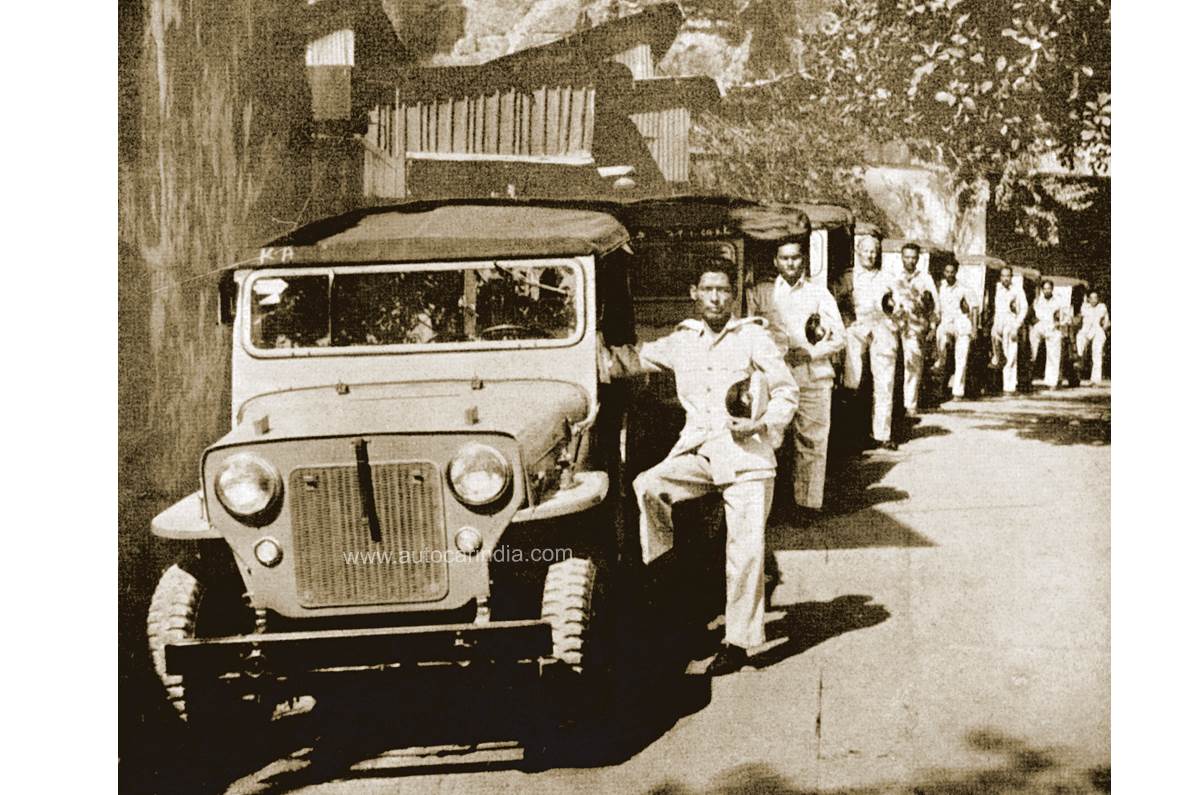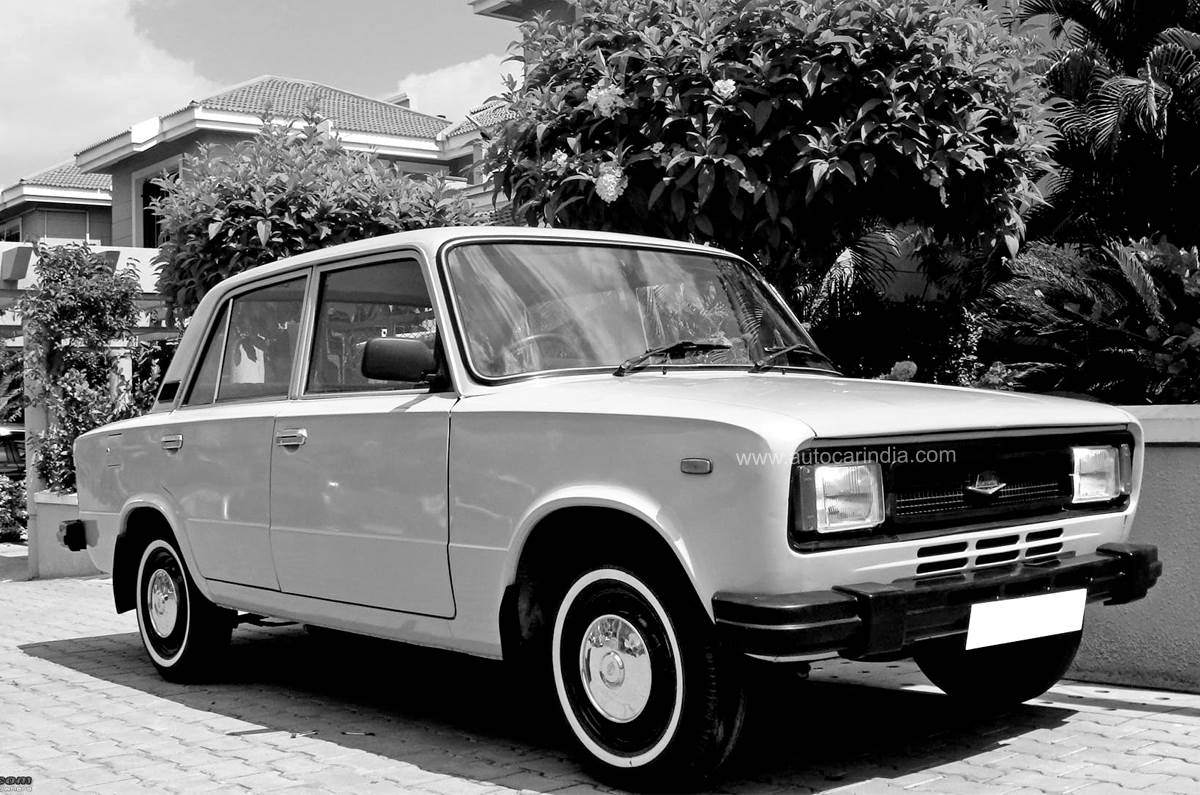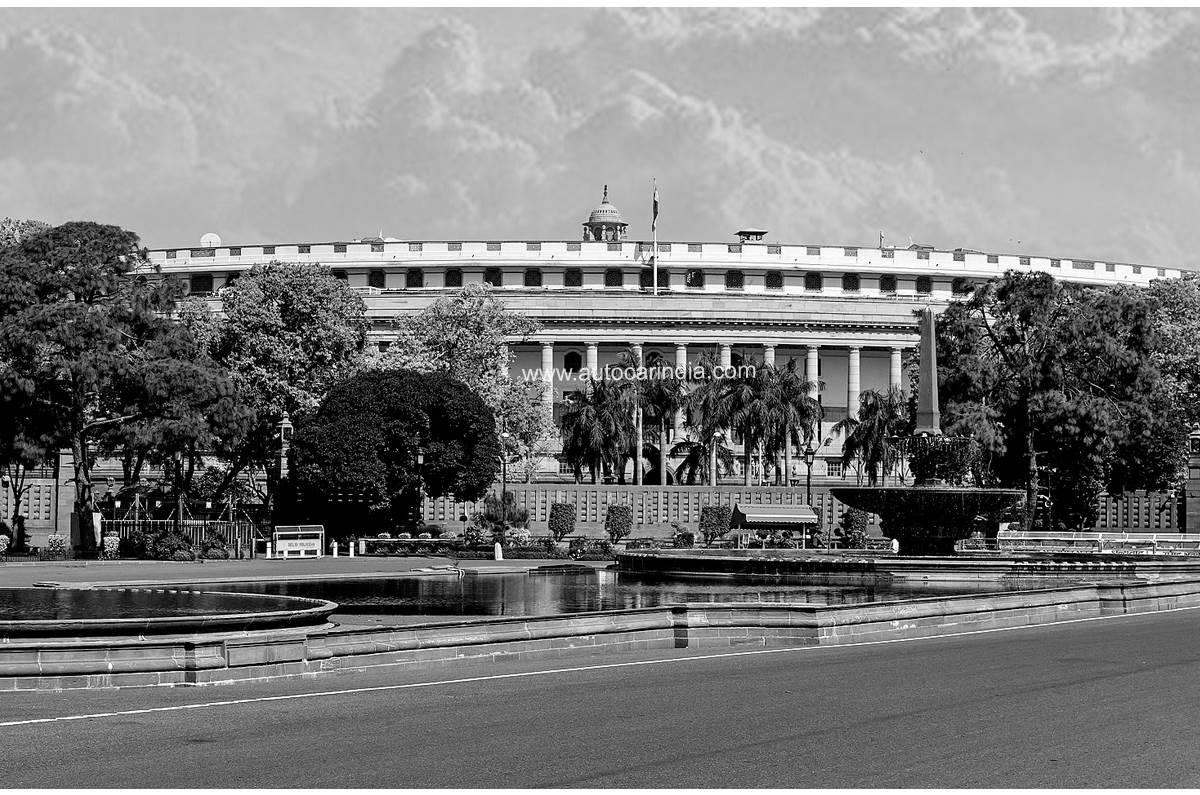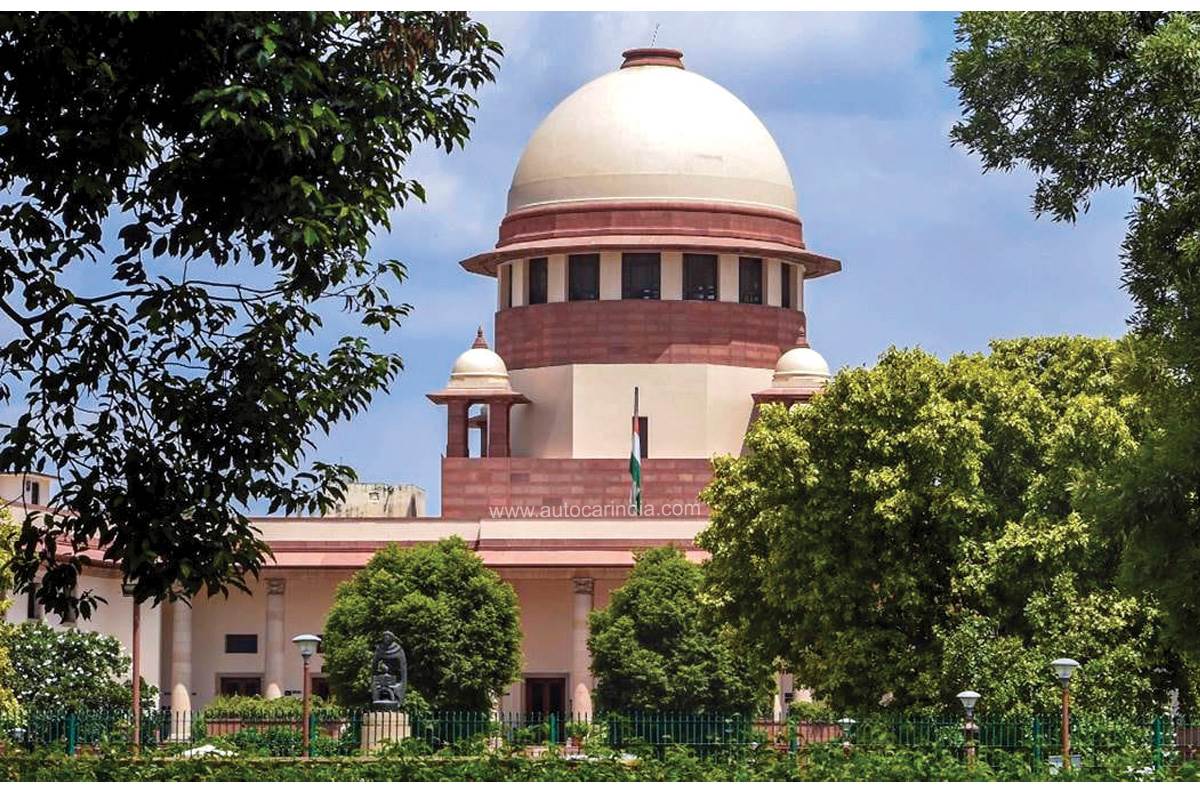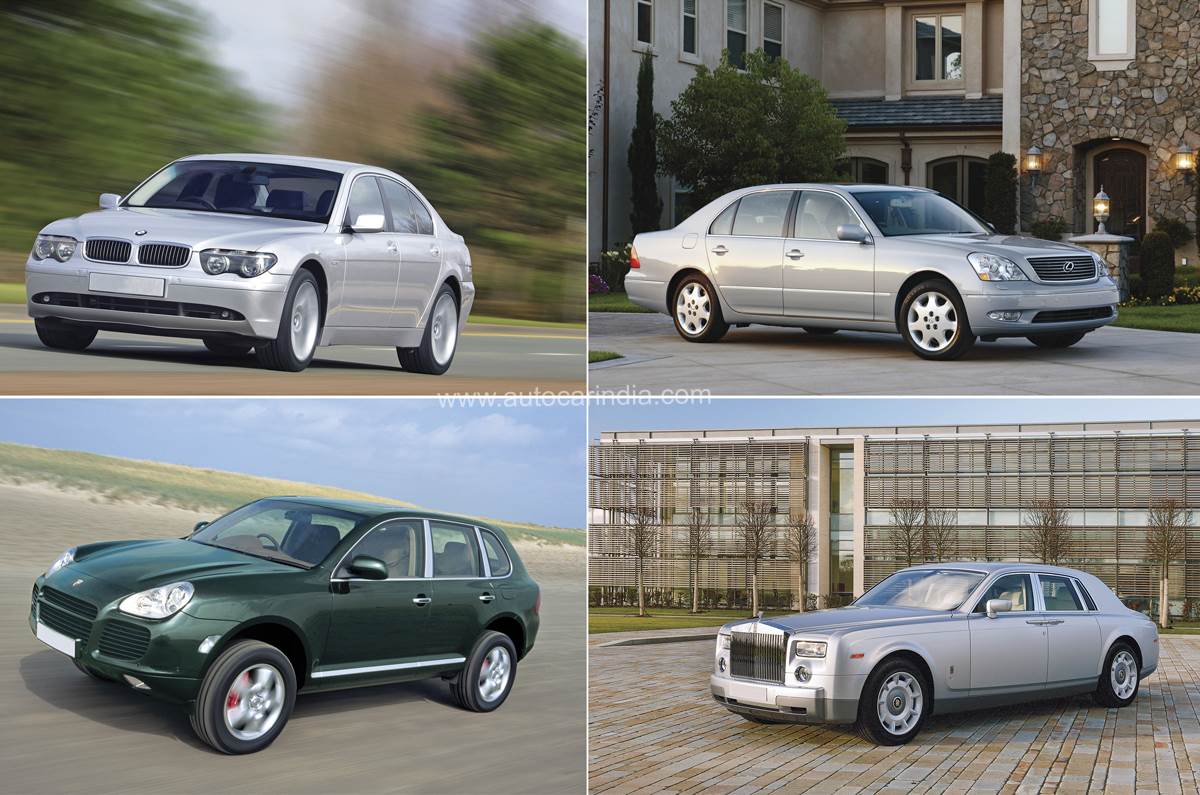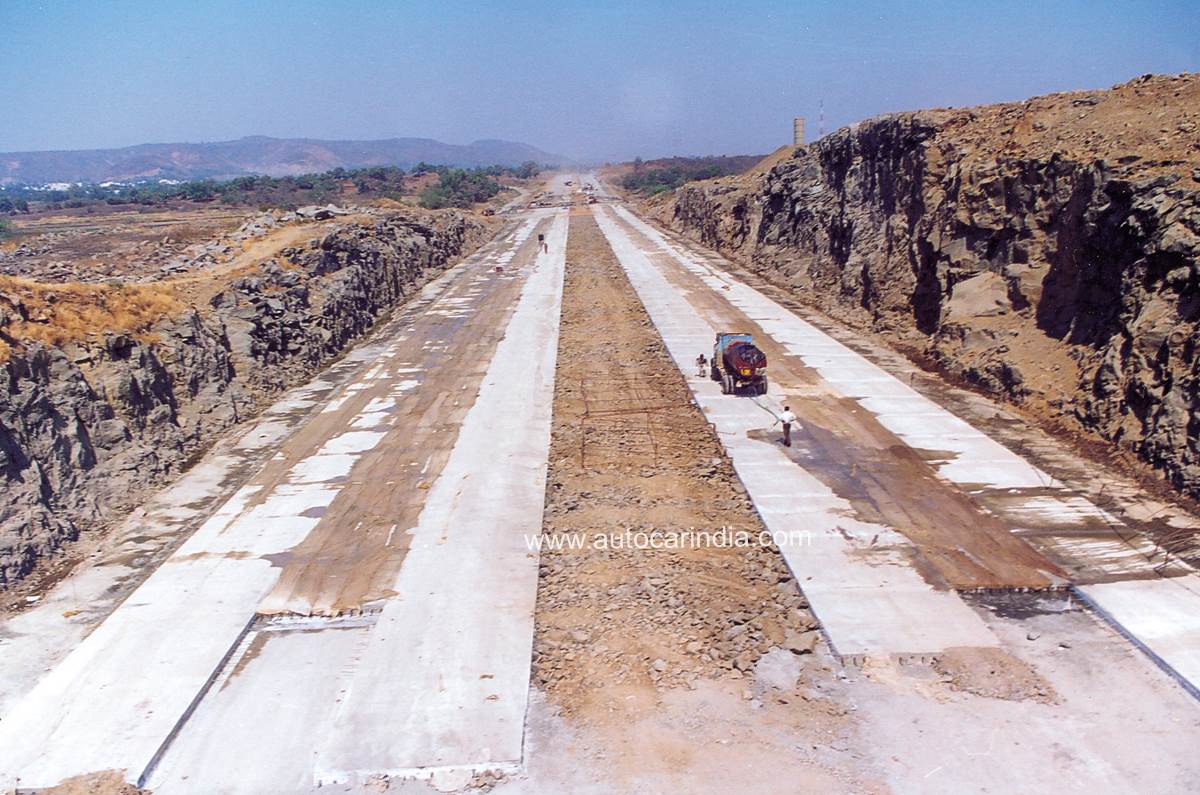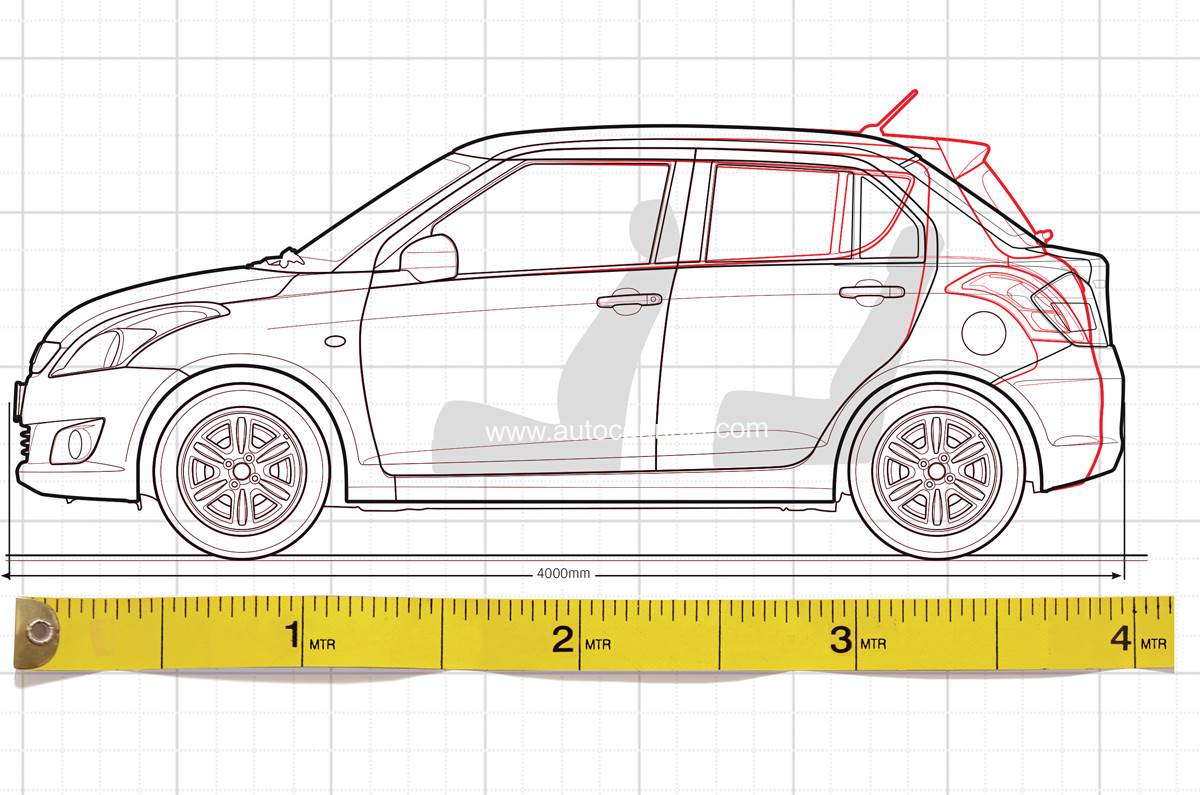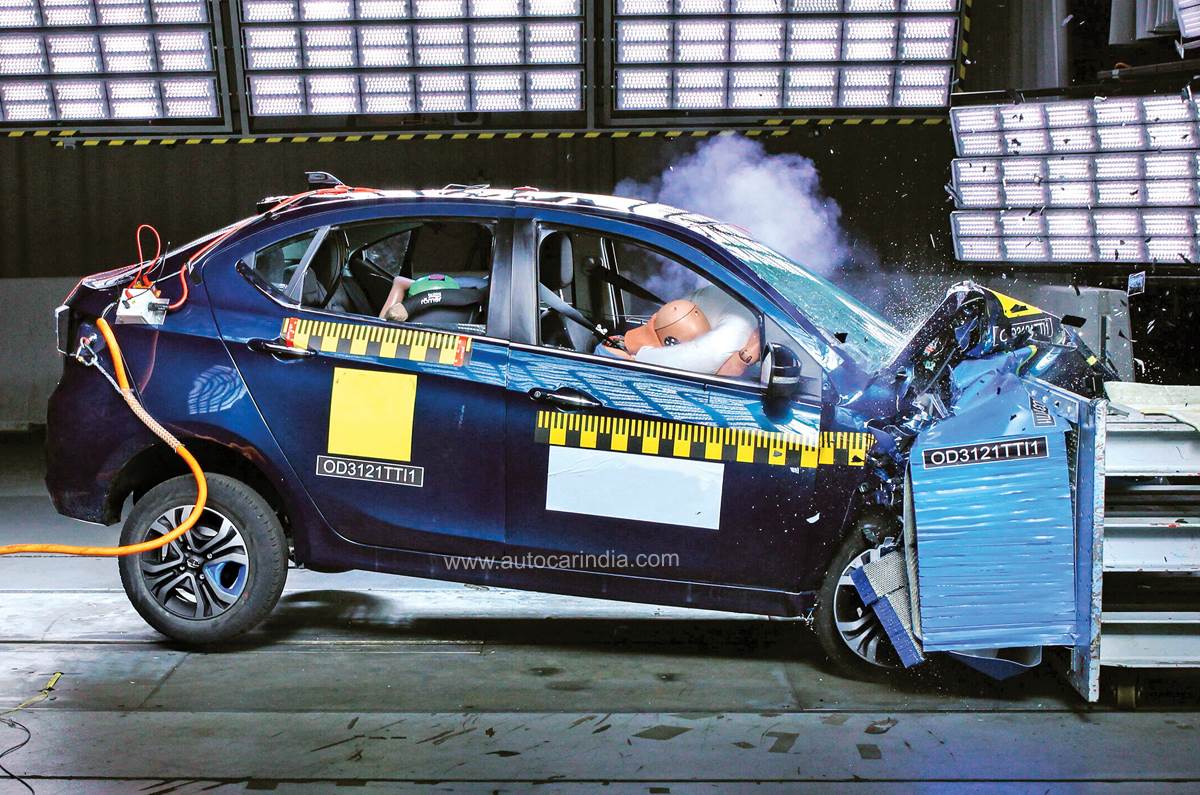From delicensing to BS6 emission norms, these rules made their mark on our auto industry.
1952: Tariff Commission takes control
The Tariff Commission of 1952 was set up to protect the local industry from global competition. Part of its brief was to look into ways and means of establishing an indigenous automobile industry. But rather than regulate trade, what the commission did was shut India out from the rest of the automotive world, taking us out of the game. In addition, severe restrictions were placed on local players that strangulated progress. Limits were placed on models made, the numbers of cars produced were regulated and even the selling price was controlled. Once the tariff commission set in, the automotive industry in India was effectively put in a coma, and we had almost 40 years of only the Fiat and the Amby.
1985: First winds of Liberalisation
Though Maruti Udyog was established in 1983 and revolutionised motoring, the auto industry was still highly regulated back then. The first steps to liberalise the industry were taken in 1985 when the government announced its famous ‘broad-banding’ policy, which gave new licenses to broad groups of automotive products such as two- and four-wheelers. Several auto companies at the time took advantage of this policy. Standard launched the 2000, HM the Contessa, and Premier Auto the 118NE. This motley lot of outdated ‘hybrids’ (the body and engine were not from the same company) was the result of an unwillingness from the government to allow freedom in model selection. A bunch of applications for car manufacturing was turned down at the time, with the most notable being the Citroen 2CV with Escorts and the Honda Accord with Telco (now Tata Motors).
1993: Delicensing opens the gates
A landmark year when the Government of India opened its doors to the world. It was the end of the Licence Raj and the beginning of de-licensing. You still needed to knock on Bharat Sarkar’s door and go through the motions, but the process now would be automatic, faster and relatively seamless. Even the duty and excise structure was changed. Excise was reduced from 55 to 40 percent, import duties of CKD to 50 percent, with CBUs pegged at 110 percent. The reaction from global carmakers was so strong, it was like the gold rush. They saw India as the last remaining untapped market of the world, one with huge potential, and between 1993 and 1996, car sales doubled.
1999: Supreme Court order to clear the air
It took an order from the Supreme Court for us to get cleaner cars. Directed to upgrade their emission control systems, manufacturers were galvanised into action on a war footing. Most cars available during the time were upgraded to help meet the stricter emission norms. This spelt the death of the inefficient and imprecise carburettor (which couldn’t meet the new Euro II norms) and the mass introduction of fuel-injection systems. Fuel injection was more expensive, but the cars, apart from being cleaner, were also more reliable and much nicer to drive
2001: Import restrictions lifted
In April 2001, the Government of India finally allowed companies to directly import vehicles and sell them in India. Export obligations lasted for around a year, but post 2002, even these were removed, and then the floodgates really opened. What this meant was that any company could bring in a foreign-made, right-hand-drive car, pay the duty and retail them at a showroom near you.
2002: Mumbai-Pune Expressway
India has always lagged behind when it came to good highways and intercity roads. The opening of the Mumbai-Pune Expressway in 2002 changed all that. This was the first closed access highway with proper interchanges and you could drive on it safe in the knowledge that there were no villages, no gaps in the median (for bikes to dart through) and it was at its widest, 8-lanes wide. Mumbai-Pune was the role model for future toll expressways which have sprouted all over the country. The Mumbai-Pune Expressway was opened during the late Prime Minister Atal Vajpayee’s tenure. The NDA government then and the Modi government today (with Nitin Gadkari as MoRTH) truly transformed India’s highway network.
2006: Sub-4-metre small car tax break
In the 2006 Union Budget, then finance minister PC Chidambaram gave special benefits to small cars. The idea was to make India the small car capital of the world and promote exports. The budget proposed an eight-percentage point excise duty reduction (from 24 percent to 16 percent) for cars below 4,000mm, and with petrol and diesel engines displacing less than 1,200cc and 1,500cc, respectively. This had a profound effect on the auto industry. Companies went back to the drawing board to design cars under sub-4-metres whilst some global engine manufacturers (like VW and Ford) downsized their diesels to under 1.5 litres. The sub-4-metre rule is also seen by global companies as a big entry barrier to our market as most global models are not below this length, and hence, would be uncompetitively priced in India. While the move was intended to promote hatchback production, carmakers have made both compact sedans and compact SUVs that meet the ‘small car’ definition.
2017: Global crash standards
Believe it or not, India had no crash test norms worth speaking of before 2017. Down in part due to the vested interests of manufacturers making unsafe low cost cars, some amount of negligence on the part of authorities, and general apathy from Indian car buyers, these norms were an important first step. By April 2017, all new cars in India were subjected to a 56kph frontal and 50kph side impact test – same as Europe. By April 2019, all new cars had to meet the new crash norms. This weeded out genuinely unsafe cars like the Maruti Suzuki Omni, Tata Nano, Maruti 800, which offered no frontal crash protection. With this move to global crash standards, car safety took a huge leap forward.
2020: BS6 norms redraws the powertrain landscape
The move to BS6 norms by April 2020 changed the powertrain landscape like never. What made move to the stricter emission standard even more difficult for carmakers was that we went straight from BS4 to BS6, skipping BS5 altogether – in a record four years. Diesel engines were the main victims of this shift as upgrading them to the stricter emission standards was expensive and unviable. Approximately 17 individual diesel engines bit the dust, with an unreal 48 models or variants taken out of showrooms, most never to return. Only those carmakers really committed to diesel came back, bit the bullet and made their diesels squeaky clean. The new emission standards also gave rise to a new generation of turbo-petrols which nicely balance emissions, performance and efficiency in today’s BS6 and CAFÉ era.
Also See:
75 years of Independence: 10 leaders who shaped the automotive industry


















